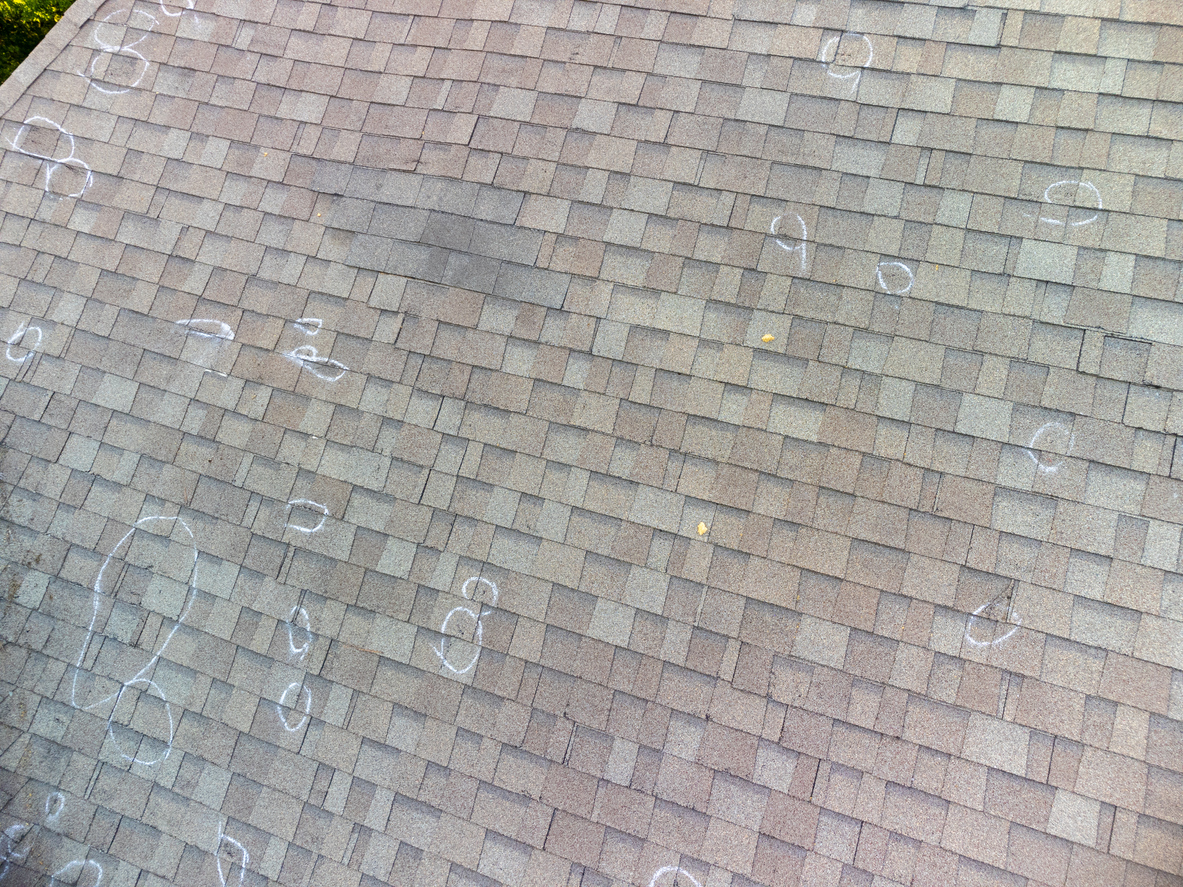(Note: This Guest Blog is by Deborah Trotter, who at the time was an attorney with Merlin Law Group in the Gulfport, Mississippi office).
As homeowners, business owners, adjusters, and government and relief agencies begin to sort through the devastation left in the wake of the dangerous storms and tornadoes that tore through the southeast last week, the stark and solemn reality of the loss of life and property is overwhelming. So many families and communities are grieving tremendous losses.
During these times, the shock and numbness in juxtaposition to the sense of what is really important in life—family and friends and life itself—becomes such a personal, powerful, life changing event that, when coupled with the renewed sense of goodness in humanity from the care and selflessness of so many first responders and volunteers, the need to insist upon knowing every available benefit under our insurance policy seems misplaced.
When policyholders file claims they should be treated with respect and informed of all of the benefits available to them under their policies. Often, claims are settled and files closed without policyholders receiving all of the benefits to which they are entitled.
It is very important that policyholders read their complete policies and discuss the coverages with their insurer. Once a claim has been filed with the insurance company, an insurance adjuster should contact the policyholder to promptly investigate and adjust the claim.
After the insurance adjuster is finished with the investigation, he or she may make an offer of payment to settle the claim. It is important to make sure that all of the damages and costs of construction have been revealed prior to signing a release of the claim.
Not all damages caused by tornadoes or strong winds are visible right away. If your home or business has been the target of these recent storms, you should first consider safety and have the property inspected for hidden damages.
There have been situations where roofs, with what appears to be only shingle and sheathing damage, have also been compromised by uplift or shifting. A cursory inspection of the roof and eaves from the ground will not reveal broken straps or cracked rafters. A further inspection and investigation into the attic space should follow.
Also, you should keep an eye out for water stains and yellowing to ceilings and walls and around windows that might indicate water intrusion from damage to the roof or windows. It would also be a good idea to check the plumbing, in particular, pipe joints that may have been rattled and loosened.
If you see cracks in the building structure or foundation that you did not notice prior to the storm, you should have these inspected, as the structural integrity of the building could have been compromised.
Since some damage may not be revealed until the repairs are in progress, you should not rush to sign a release and settle your insurance claim. If you are dissatisfied with the insurance adjuster’s estimate, you may submit your own estimates for the repairs to the insurance company for consideration.
The important thing to remember is that you should not sign a release to settle your claim until you are certain that all repairs have been completed and/or all damages are known. This will allow for hidden damages as described above, or other damages uncovered during reconstruction to be included in any final settlement.
You should also know that a release is a binding contract. You should review any release carefully to make sure that you fully understand the terms and conditions.
Best to All,
Deborah



